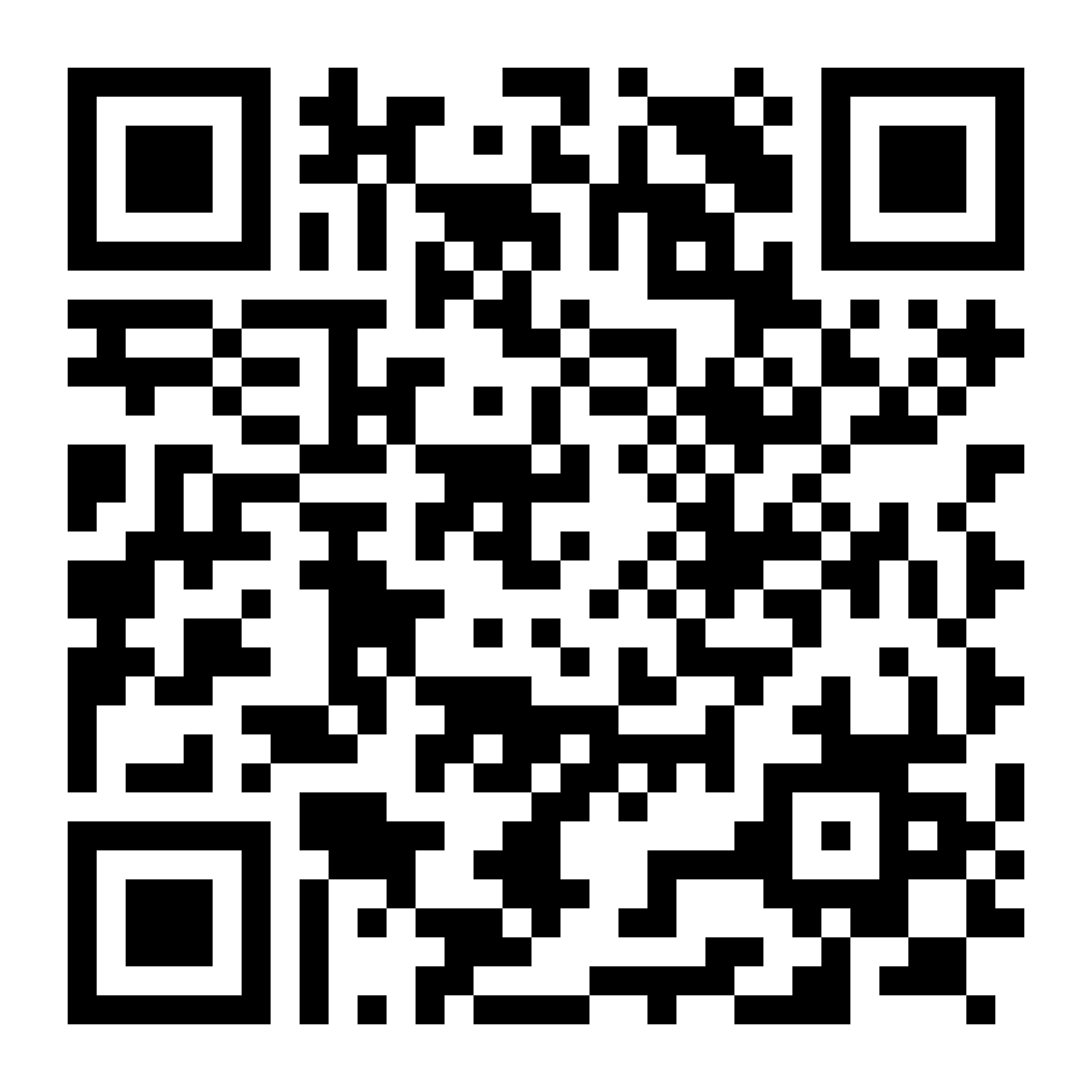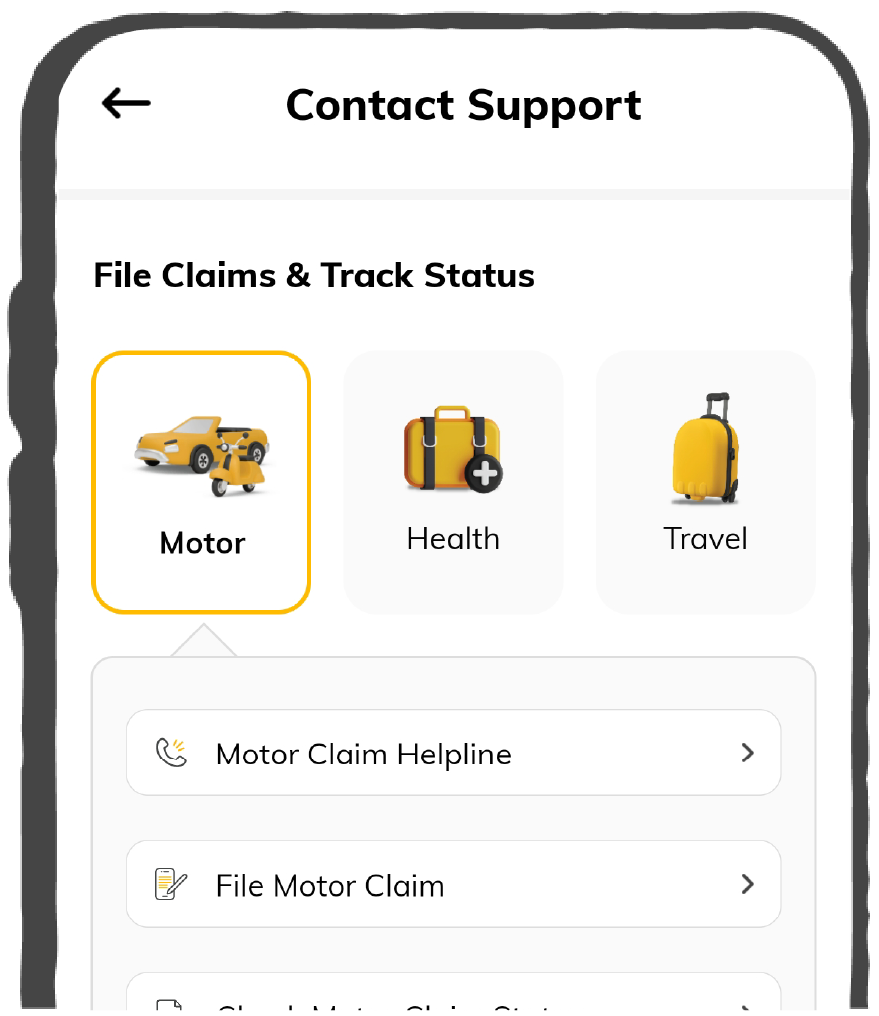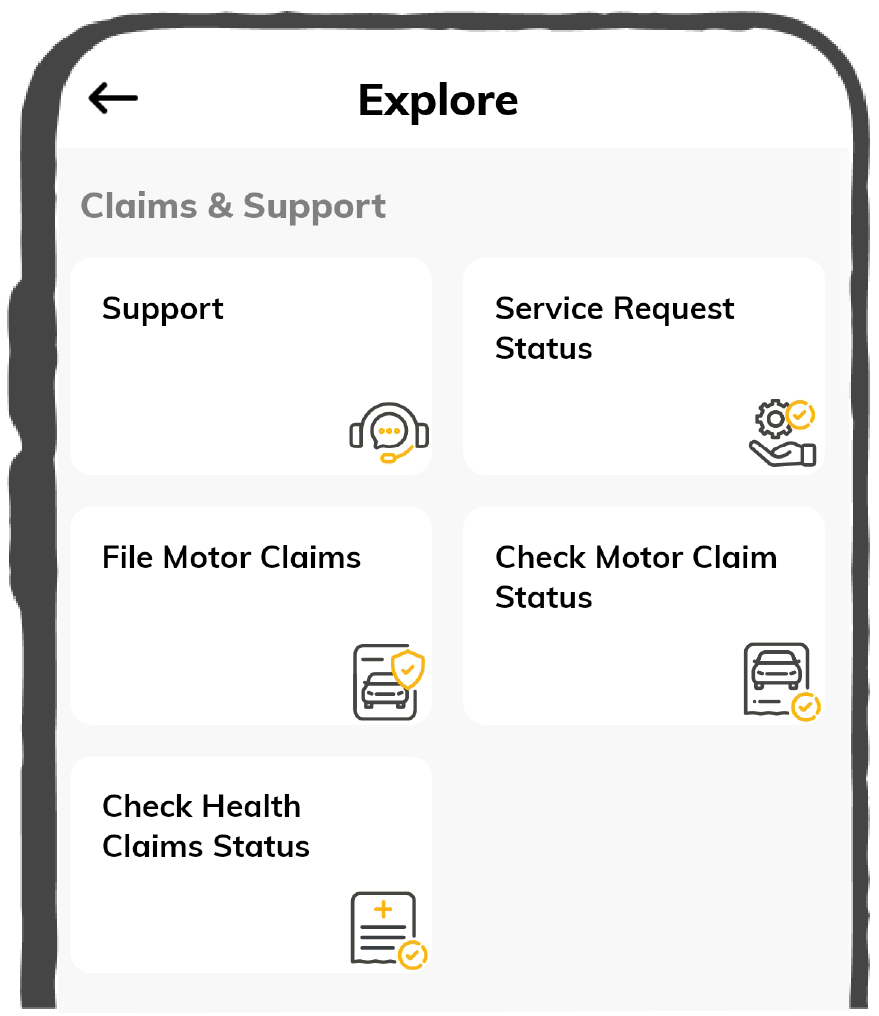Monkeypox, a zoonotic viral disease (i.e., it can spread from animals to humans) is caused by a virus belonging to the same family as that of smallpox virus and thus, the symptoms of monkeypox are very similar to that of smallpox, though less severe. Post eradication of smallpox in 1980, this is the most concerning orthopox virus that has emerged once again posing a threat to public health.
The Monkeypox virus was first identified in 1970 and was an endemic mostly prevalent in Central and Western Africa. The first infection outside the endemic areas was found in 2003. However, post 2018, though in rare occurrences, the virus has been reported in other countries as well.
Symptoms of Monkeypox
Post virus exposure, the symptoms might take several days to a few weeks to appear. Early signs of Monkeypox are almost flu like and might include one or more of the below:
- Fever
- Chills
- Body ache
- Headache
- Fatigue
- Swollen lymph nodes
After a few days, rashes start developing. These rashes start as painful red bumps. These bumps gradually turn into pus filled blisters that eventually crust and fall over. The symptoms usually last for 2-4 weeks and vary considerably across people. In the recent outbreak milder symptoms have been observed.
How does Monkeypox spread?
The spread of Monkeypox is mainly through close contact with the infected person or animal through body fluids or lesions. Transmission through respiratory droplets requires a prolonged exposure. It can also spread through coming in contact with the contaminated belongings of the infected person.
Transmission can also occur via placenta from mother to foetus resulting in congenital Monkeypox or during and after childbirth due to the close contact.
Since the rodents are the most likely reservoir of this pathogen, eating uncooked or partially cooked meat can also be a risk factor for Monkeypox spread.
The Diagnosis of Monkeypox
Since monkeypox presents the same symptoms as any other flu or pox, it might not be detected in earlier stages. The usual distinguishing feature is swollen lymph nodes and then subsequent diagnostic tests.
For the diagnostic tests, usually a tissue sample is collected from an open lesion, which is then sent to the lab for PCR (Polymerase Chain reaction or genetic fingerprinting) test.
A blood test might also be performed to check the presence of Monkeypox virus or the related antibodies in the blood stream.
Treatment of Monkeypox
The treatment of Monkeypox is symptomatic. Clinical management of Monkeypox includes alleviation of symptoms, managing complications and preventing long term effects. Patients should be kept completely hydrated to prevent water loss and complete hygiene should be followed to prevent secondary bacterial infections as well as to mitigate the spread of the disease.
Monkeypox is a self-limiting disease, and its symptoms last for usually 2-4 weeks.
Prevention of Monkeypox
Being from the same family, a smallpox vaccine works for Monkeypox virus. Prevention depends on decreasing human contact with infected animals or humans. The below measures would help in doing this:
- Avoid contact with the infected humans/animals
- Avoid contact with the contaminated belongings of the patient.
- Wash your hands and maintain proper hygiene
- Proper usage of face mask when in public or around people suspected of infection
- Clean and disinfect frequently touched surfaces if there is an infected person around.
- Use Personal Protective Equipment (PPE) when taking care of infected people.
Disclaimer: The above details are information from various government websites and other source. They are for just informative purposes and do not, in any way, represent our view or recommendation. Please seek medical help if required.
Sources:
Monkeypox National Health Portal Of India | Monkeypox (who.int) | Monkeypox (who.int)
























